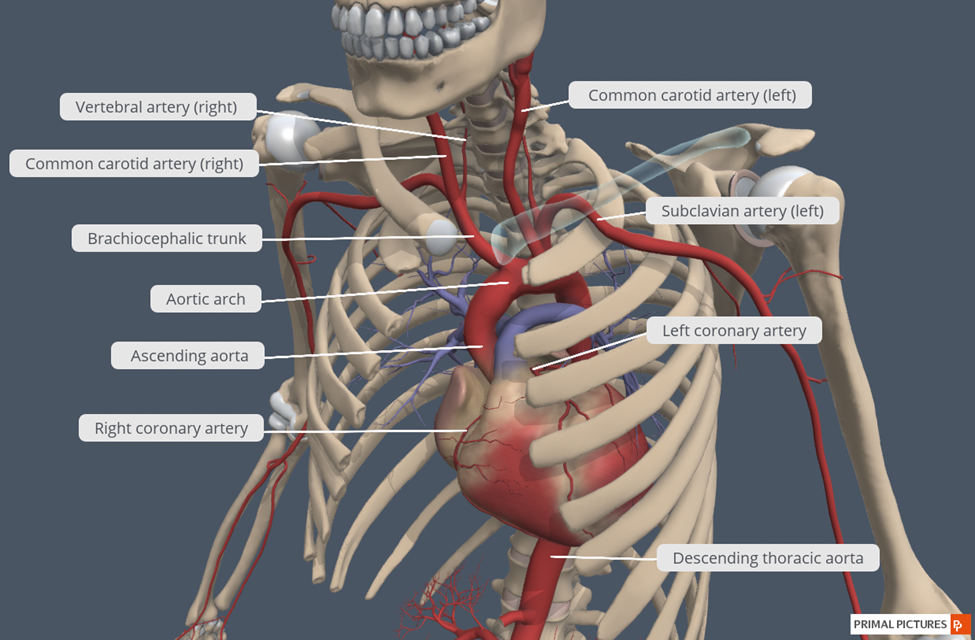The biggest push for technology use in
classrooms needs to focus on having teachers on board and interested in the
technical device and its applications to their content. (Green, 2014) The
document camera is a perfect example of a tool that when used daily, integrates
technology into the classroom seamlessly. A document camera “for the classroom allows teachers
to show documents, 3-D objects, slides, and microscopic images, as well as
share images with connected students over the internet.” (“What is a Documents”,
2021) The document camera is a versatile, vital tool for all teachers including
the school librarian. Let us look at a few examples of how it can be used in a
variety of situations.
Science: Able to display a plant, rock, or even a dissection of a frog. Students can take notes and make their own drawings which eliminates making
copies.
Math: Able to project math manipulatives or graph a parabola on graph paper under the document camera.
The instructor can display test/quiz/homework questions at the same time they
work through the problem so students can relate the question to the result.
English/Language Arts: Able
to annotate a paper in real time so students can follow along or they may show
the book they are using for a read aloud.
Librarian: Able to
demonstrate how to use a research site directly on computer so students can
follow along on what they need to do while on their computer.
Art: Able to project modeling
clay while instructing how to do manipulate it or have the students show their
work in a show and tell fashion.
An added benefit is if the
teacher took notes on paper and displayed it under the camera during class,
they can save those actual papers in a notebook to have on hand for anyone who
is absent or needs more time with the notes. You can place the document camera anywhere in a room so the teacher can face the students and not have to turn
their back to them to use a white/smart board. The teacher could record the
lesson while in progress and post the videos to a website or YouTube channel for
students to review again if needed. If the school needs to go virtual, the
document camera is portable and can offer so many opportunities to keep the class
going in a manner they are accustomed to on a daily basis. The possibilities are endless. And to
elevate the learning environment, students can use the document cameras to share
or explain something they are working on in class as well.
In education there is a model
that is an “assessment framework for understanding technology’s role in
teaching, learning and curricular practices” (Hughes, 2010) that is known as the
R.A.T. model. R.A.T. stands for Replacement, Amplification, and
Transformation. Technology replaces some
styles of instruction but, it can also highlight existing curriculum and transform the existing instruction practice. (Hughes, 2010) All of
these encourage the person embracing this model to become a better version of
themselves in their teaching path by using new technology tools within parameters
that highlights the learning process.
How does the introduction and use of the document camera in a classroom fit into the R.A.T. model?
Replacement: It can replace
the white board or smartboard used in classrooms. The document camera allows
the teacher to face the students and not have to turn their back on them which
is a huge plus.
Amplification: The document
camera increases efficiency because you can make less photocopies and
seamlessly transition to an online environment using the same practices.
Transformation: It allows
teachers to think outside of the box and use more 3-dimenstional items. The change it brings helps visual, auditory, and tactile learners by having a more immersive classroom
experience.
Document cameras are a necessity for the classroom as we become more flexible in teaching virtual and wanting better interaction with our students during the learning process. Talk to your school about getting one for your room!
Additional Websites:
12 Ways to Use a Document Camera
Language Arts Tips with Document Camera
Example of Kindergarten Mathlesson using Document Camera
Pinterest also has great lesson plan ideas using the document camera for a specific grade or
content area.
Sources:
Green, L. (2014). Through the Looking Glass. Knowledge Quest. Vol.
43 Issue 1, p36-43.


















